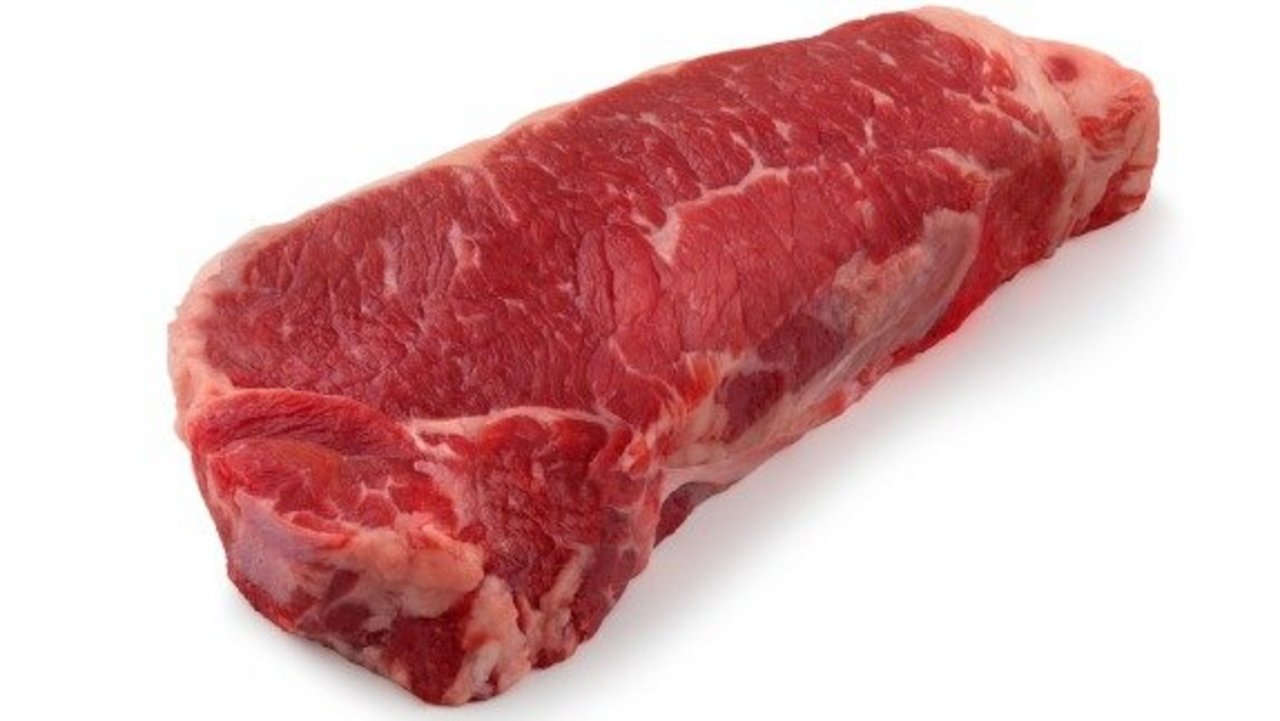A large portion of international trade in basic agricultural commodities is driven by increasing meat consumption and feed demand resulting from the production of livestock. Global meat consumption continues to rise throughout the projection period. Consumption of poultry meat, the lowest priced of the three major types of meat, increases at the fastest rate: 1.8 percent annually. Global beef and pork consumption both grow at an annual rate near 0.9 percent. These growth rates are lower than those experienced during the previous decade, due to slightly slower income growth in the early years of the projection.
Global per capita meat consumption remains low compared with levels in higher-income countries—an indication of the potential for continued growth in world meat consumption. In the first projection year (2016/17), global per capita meat consumption is 9.6 kilograms of beef, 16.4 kilograms of pork, and 15.3 kilograms of poultry. Average per capita consumption for developing economies is much lower: for example, 2016 per capita meat consumption in the West Africa Community (ECOWAS) includes 3.4 kilograms of beef, 1.3 kilograms of pork, and 3.1 kilograms of poultry.
Meat consumption is projected to grow at 2.4 percent annually for both Sub-Saharan Africa and North Africa and 1.9 percent annually for the Middle East through 2025/26. Southeast Asia’s projected annual growth rate for meat consumption is 2.4 percent through 2025/26. Over the projection period, these 4 combined regions increase meat consumption by 7.8 million tons, which is 20 percent of the global growth in meat demand. Meat imports for these 4 regions increase by 3 million tons, accounting for about 38 percent of their increased meat consumption. The rest comes from increased domestic production. These 4 regions account for almost 40 percent of increased global meat imports through 2025/26.
Increasing meat consumption does not necessarily lead to increases in meat imports. China, India, Brazil, and the United States account for almost half (49 percent) of the increased global consumption of meat by 2025/26, with a combined increase of 18.9 million tons. Although these countries have much lower consumption growth rates they all have large populations and higher levels of per capita meat consumption. In these 4 countries, increased consumption is mostly matched by increased domestic production. The main exception to this pattern is China, where about 9 percent of the additional meat consumption is supplied by imports.
China exhibits the largest increase in meat consumption at 10.1 million tons by 2025/26, followed by India at 4 million tons. In Brazil and the United States, meat production grows faster than consumption. This allows Brazilian meat exports to increase by 2.8 million tons by 2025/26 and U.S. meat exports to increase by 2.1 million tons. Mexico, China, and Hong Kong have the largest increases in meat imports by 2025/26, with additional imports of 1.0 million, 0.9 million, and 0.8 million tons, respectively.
Increasing global feed demand and trade results from increasing meat consumption and production. The regions with the fastest growth in corn imports over the projection period include Sub-Saharan Africa, North Africa, and the Middle East, with annual growth rates of 9.9 percent, 3 percent, and 2.4 percent, respectively. The increase in corn imports for these three regions is a combined 12.5 million tons, which accounts for about 63 percent of the world increase in corn imports over the projection period.
Southeast Asia’s corn imports are increasing due to its fast growing meat sectors, mostly poultry and pork. Over the projection period, Southeast Asia’s annual corn demand increases by 8.7 million tons, but annual domestic corn production only increases by 5.5 million tons, leading to an increase in annual corn imports of over 3 million tons by 2025/26. Vietnam, Indonesia, and Malaysia are the major corn importers in this region. Together, they import a total of 12.9 million tons of corn in 2025/26, which is an increase of 2.7 million tons over the projection period.
USDA Long-Term Agricultural Projections: Meat Demand and Trade
Mondo
